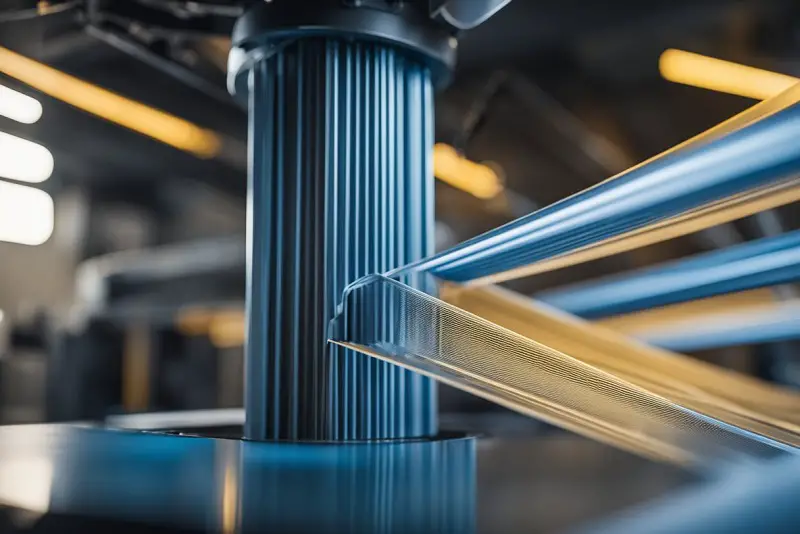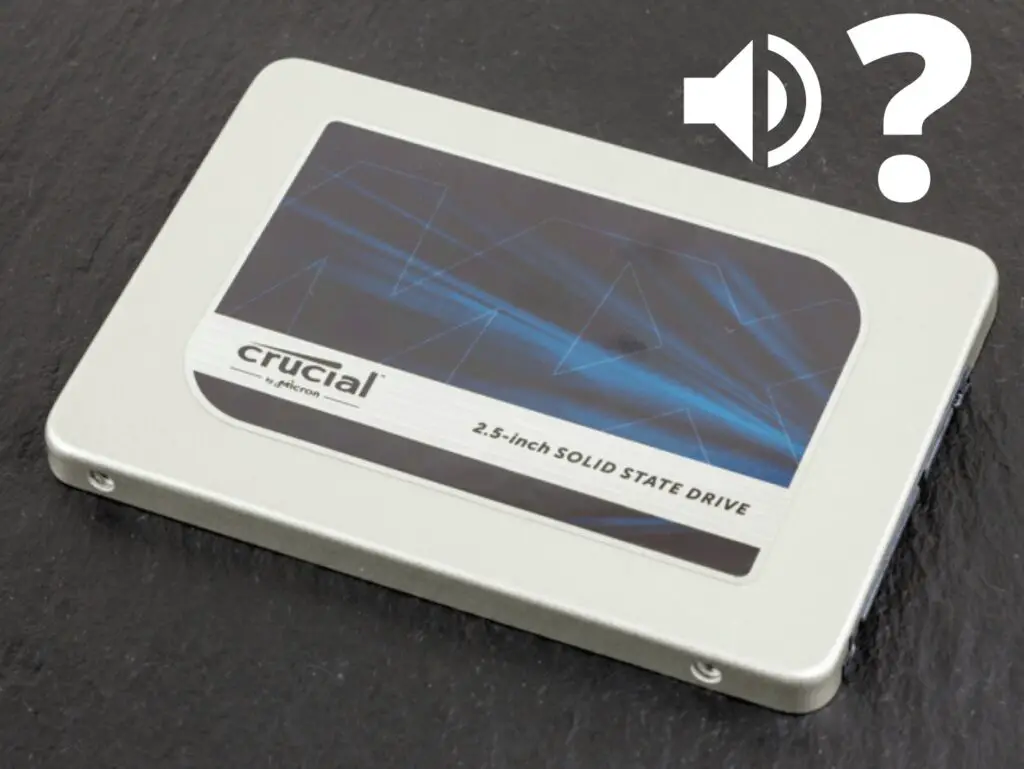3D printing has revolutionized how we create objects, allowing for intricate designs and customizability.
However, achieving high-quality prints with complex overhangs can be challenging for those new to the process.
Mastering overhangs in 3D printing involves understanding the proper techniques and implementing thoughtful adjustments that can significantly improve the final results.
Table of Contents

Various factors can influence the success of a 3D print with overhangs.
Being mindful of the orientation, layer height, and cooling settings can significantly affect the quality of the print.
Incorporating helpful tips and tricks, such as adjusting print speed or using support structures, ensures that overhangs maintain their shape and structural integrity throughout printing.
By learning about the best practices for 3D printing overhangs, one can increase the likelihood of successful prints and avoid many of the common issues plaguing these types of projects.
Combining this knowledge with hands-on experience will inevitably lead to better-skilled and confident 3D printing enthusiasts well-equipped to handle even the most complex overhangs.
Understanding Overhangs in 3D Printing
Overhangs are a common challenge in 3D printing, where parts of the model extend horizontally beyond the layer beneath it.
This creates a situation in which gravity affects the printed material, causing the overhanging portion to sag or droop.
As 3D printing enthusiasts, learning how to navigate and manage overhangs to achieve high-quality finished prints is important.
The 45-degree rule is often mentioned regarding overhangs, as maintaining angles of 45 degrees or less usually allows the 3D printer to build the model without issues effectively.
This rule exists because each new layer has enough support from the previous layer, preventing gravity from impacting the print.
However, steeper overhangs, or slopes that exceed the 45-degree threshold, are more difficult for the printer to handle.
These angles require more significant support or specialized techniques to ensure print success.
For example, support structures can help bridge gaps in the print, providing temporary support for steep overhangs that can be removed after the print is complete.
Aside from the 45-degree rule, other factors to consider when tackling overhangs include print speed, temperature, and cooling.
Slower printing speeds and lower printing temperatures can help reduce the impact of gravity on the overhanging parts.
Additionally, ensuring proper part cooling with an optimized fan setup can promote better layer adhesion and prevent drooping.
Essential 3D Printing Settings for Better Overhangs
Temperatures and Cooling Systems
Achieving better overhangs in 3D printing often depends on the appropriate temperature settings and efficient cooling systems.
Managing the printing temperature is crucial in preventing filament sagging and ensuring excellent layer bonding.
It is essential to find the ideal balance between too-high and too-low temperatures for your specific filament type.
A proper cooling fan setup is equally important, as it helps maintain the structural integrity of overhangs and prevent deformations.
Consider upgrading your fan system to ensure consistent airflow around the printed parts.
Print Speed and Resolution
Experimenting with print speed and resolution settings can significantly improve overhangs.
By fine-tuning printing speed, you can reduce the chances of filament sagging during the printing process.
A slower printing speed allows more time for the filament to solidify before the next layer starts.
Resolution affects the overall print quality and is also related to layer height. Opting for a higher resolution can help improve the accuracy of overhangs.
Adjusting your 3D printer’s resolution within its limitations will maximize the performance of overhangs without compromising the rest of the model.
Layer Height and Extrusion Width
Decreasing layer height is another strategy that can produce better overhangs.
A smaller layer height increases the chances of each layer bonding with the previous one, ensuring stability as the overhang extends.
However, reducing layer height may increase the overall printing time, so it’s wise to find a balance between time efficiency and quality.
Extrusion width refers to the thickness of each filament line deposited by the nozzle.
Adjusting extrusion width settings can directly impact the quality of overhangs.
A narrower extrusion width results in lighter, more detailed parts but may compromise structural strength.
Experiment with these parameters to find the best combination for your desired overhang results.
Designing and Supporting Overhangs
Incorporating Chamfers and Bridges
In 3D printing, chamfers and bridges are essential design elements that improve overhangs.
Incorporating chamfers – beveled edges – into your design can help distribute the weight and provide better angles, reducing sagging and improving overall print quality.
Bridges, however, are horizontal structures that span across gaps without any support below.
This results in sturdy and self-supported prints. By implementing both chamfers and bridges, designers can optimize their overhangs for the best 3D printing results.
Creating Strong Support Structures
Support structures are crucial in reinforcing overhangs during the 3D printing process.
These temporary structures provide the necessary support for the overhangs, ensuring their shape and stability.
There are several key considerations to keep in mind when designing and selecting support materials:
- Support Materials: Choose materials that adhere well to your model’s material and are easy to remove once the printing is completed. Some common support materials include PVA, HIPS, and breakaway filaments.
- Support Structures: Design supports with the model’s geometry and the desired outcome in mind. For instance, using tree-like supports can conserve material and ease the removal process, while grids and lines might be more appropriate for specific geometries.
- Printing Shells & Perimeters: Adjust the number of shells and perimeters in your slicer settings to ensure that support structures are strong and firmly attached to the model during printing.
- Design Considerations: Avoid incorporating unnecessary overhangs in your design, as this will reduce the need for support structures and save on material and printing time.
Running through these considerations and experimenting with various approaches can help you find the optimal balance between support and design, allowing for seamless 3D prints that exceed your expectations.
Choosing the Right Materials for 3D Printing Overhangs
Selecting suitable materials is essential to improving your overhangs in 3D printing.
Different filaments have unique properties that can impact overhang performance.
In this section, we cover the primary materials to choose from and their relevance to overhangs.
PLA is a popular and forgiving material for 3D printing. Its low melting point and good adhesion properties make it ideal for overhangs.
As a beginner-friendly filament, PLA requires less tweaking of printer settings for success.
ABS offers more strength and durability, but its higher melting point and tendency to warp make overhangs trickier.
It requires extra attention when adjusting printer settings for better overhang performance.
PETG strikes a balance between PLA and ABS, with good strength, durability, and ease of printing.
It’s a suitable choice for those seeking a filament that can handle overhangs without too much difficulty.
Nylon is a material known for its toughness and flexibility. However, it tends to be more challenging to print with due to its high melting point and moisture absorption.
Proper filament drying and careful printer setting adjustments are necessary for successful overhangs.
TPU provides flexibility and resistance to wear and tear. Although ideal for flexible prints, its elasticity could create issues for overhangs.
Careful tuning of settings, such as lowering print speed, is crucial to improve overhang performance.
HIPS is a great support material but isn’t typically used as a primary filament for prints. Due to its properties, it may not be the best option for overhangs when used alone.
PVA is a water-soluble material often employed as a support structure.
It isn’t primarily used for printing overhangs but is excellent for creating support structures for challenging overhangs.
When working with materials like nylon that absorb moisture, it’s crucial to ensure proper airflow during printing to avoid issues.
Additionally, having a well-tuned extruder helps with extruded material consistency, ensuring smoother and more successful overhangs.
In conclusion, understanding the properties of each filament and selecting the right one for your project is vital for creating adequate overhangs.
Experiment with materials and printer settings to find the ideal combination for your 3D prints.
Troubleshooting and Fine-Tuning Your 3D Prints
Managing Adhesion
Troubleshooting adhesion issues is crucial for achieving better overhangs in 3D printing.
Proper adhesion ensures the print maintains strength and prevents undesirable sagging.
A few ways to enhance adhesion include adjusting the bed temperature, leveling the print bed, and using an adhesion promoter like glue or hairspray.
Remember, maintaining bed cleanliness is vital for improved adhesion.
Preventing Sagging and Warping
Sagging and warping can compromise the quality of your 3D prints. To maintain the integrity of your print, consider the following strategies:
- Bridging: This technique involves extruding material flatly between two points to support overhangs. To achieve successful bridging, it’s essential to fine-tune your printer settings, like fan speed and flow rate.
- Layer Height: Decreasing the layer height allows for better detail and increases overhang strength. Lower layer heights can solidify faster, reducing the likelihood of sag or collapse.
- Cooling: Utilize proper cooling to avoid warping and delamination. Increasing fan speed near overhangs can help solidify the material quickly, minimizing the risk of sagging.
- Printing Speed and Temperature: Reducing printing speed and temperature can improve overhang performance by providing a more consistent and stable extrusion, preventing sagging or warping.
These strategies can help you achieve better overhangs in 3D printing, enhancing the quality and reliability of your prints.
Remember to tweak settings as necessary, focusing on adhesion management and preventing sagging and warping.
Combine these methods to optimize your prints for strength, stability, and visual appeal.




